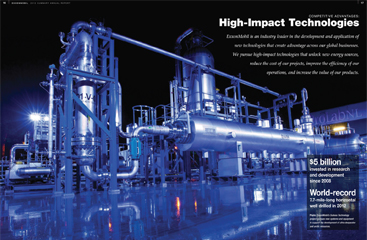IMPROVED SUBSEA PROCESSING WITH SUBSEA SEPARATION
Subsea processing is currently mainly identified with subsea boosting using subsea multiphase pumps.
Subsea boosting using subsea separation can bring important additional advantages, which are:
- Enables long-step out distances
- Mitigates certain flow assurance risks (e.g. hydrate formation)
- Much lower subsea energy requirements
- Subsea water re-injection possible:
- de-bottleneks existing topsides 3-phase separation and produced water treatment
- smaller flow lines to host
- Absorbs transient flow conditions
- Less mechanical complexity on the seafloor
Subsea separation can be a field development enabler.
History subsea separation
The introduction of subsea separation took place upon availability of separation components qualified for subsea use (Statoil - Tordis; 2003-2007)
The first application rapidly led to further field developments using subsea separation:
- Total (Pazflor)
- Petrobras (Marlim)
- Shell (Perdido - Great White & BC10)
- Petrobras (Marlim 2 - in study phase)
The results of the developments are mostly positive. The components of subsea separation technology are developed by FMC and Statoil, and marketed by FMC
Next phase of subsea separation
The Renogas group has developed jointly with ExxonMobil a second portfolio of separation components, fully qualified for subsea use. This technology has been developed independent of any subsea integrator. Its use will leave full freedom of choice of subsea integrators.

Reprint from Exxon Mobil 2012 Annual Report;
ProLabNL figuring as example of how advanced technologies are implemented. Click on the image to read more on the article.

Reprint from Exxon Mobil 2012 Annual Report;
ProLabNL figuring as example of how advanced technologies are implemented. Click on the image to read more on the article.
